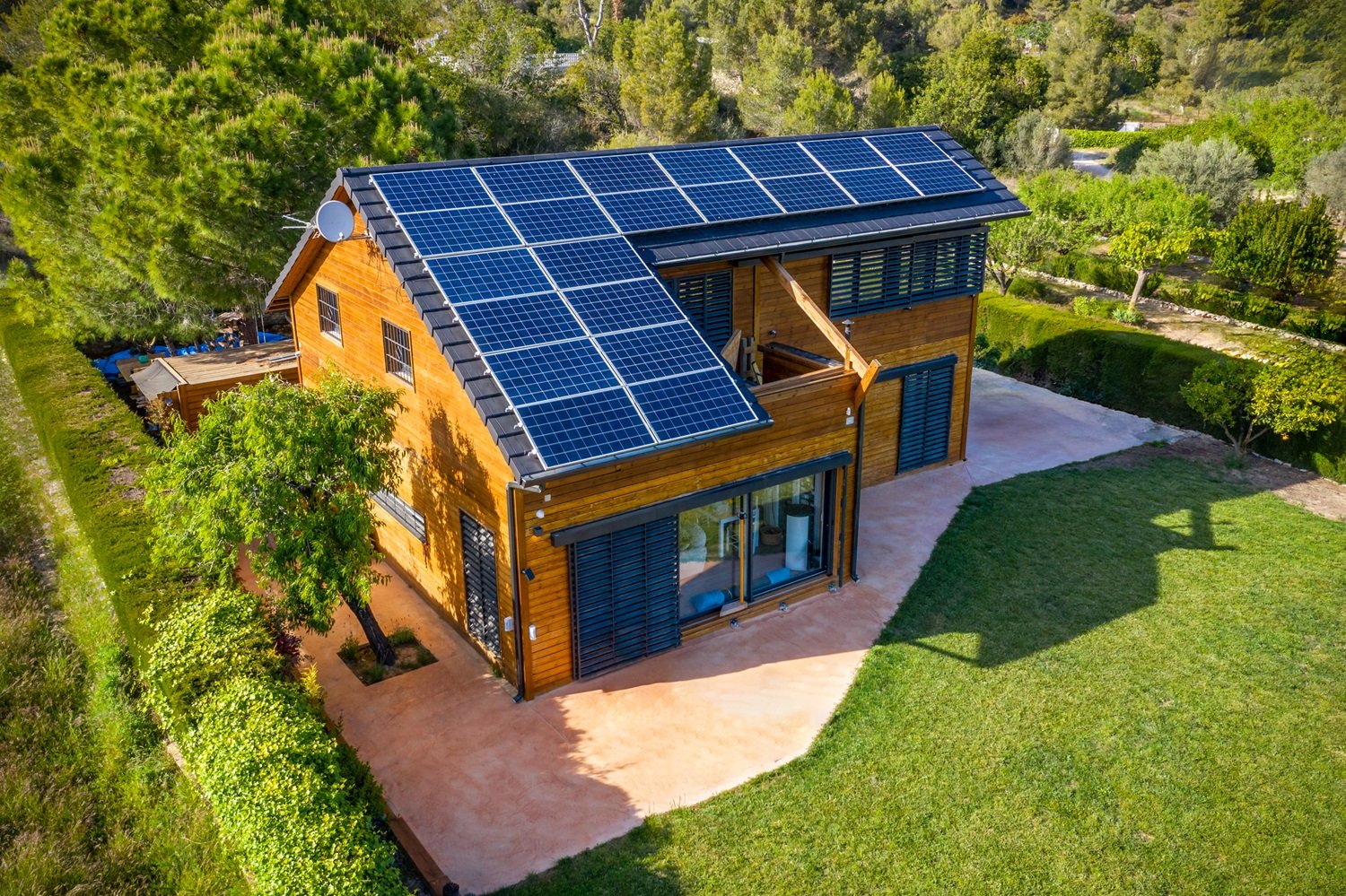
Get matched with top solar panel installers in your area
Enter your zip and get matched with up to 3 pros
Matching on HomeAdvisor


Solar panel installers in Rancho-bernardo
No results for Solar Panel Install in
Try adjusting your search criteria.FAQs for solar panel installation projects in Rancho-bernardo, CA
Most solar panel removal projects take one to two days to complete. The first day involves disconnecting the system from your electrical setup, while the second day focuses on physically removing panels and mounting hardware. Larger systems or complicated roof configurations may extend this timeline. If you plan to undertake additional work, such as roof repairs, the overall project will take longer to complete.
Partial removal is possible if you only need to address specific panels that are damaged or problematic. However, be aware that removing just a few panels may cost more per panel than removing the entire system. This is because the contractor still needs to bring equipment and set up safety measures regardless of how many panels they're removing. Consult with your solar professional to determine how partial removal might impact system performance.
You have several options for your removed panels. You can store them for future reinstallation, especially if the removal is temporary for roof repairs. Alternatively, you might sell functioning panels to recoup some costs. Some panels can be recycled, though specialized facilities may be required. If your panels are still in good condition, consider donating them to organizations that can put them to good use.
Contacting your utility company is an essential step before removing grid-connected solar panels. Your provider needs to know when your system will stop generating electricity and feed it back to the grid. Some utilities require specific documentation or a final meter reading to be completed. Failing to notify them could result in billing complications or other administrative issues after your system is no longer operational.





- Birmingham
- Phoenix
- Tucson
- Fresno
- Long Beach
- Los Angeles
- Modesto
- Sacramento
- San Diego
- San Francisco
- San Jose
- Denver
- Hartford
- Washington DC
- Fort Lauderdale
- Jacksonville
- Miami
- Orlando
- Tampa
- Atlanta
- Chicago
- Indianapolis
- Louisville
- New Orleans
- Baltimore
- Boston
- Detroit
- Grand Rapids
- Minneapolis
- Saint Paul
- Kansas City
- Saint Louis
- Las Vegas
- Albany
- New York
- Asheville
- Charlotte
- Greensboro
- Raleigh
- Winston Salem
- Cincinnati
- Cleveland
- Columbus
- Oklahoma City
- Portland
- Harrisburg
- Philadelphia
- Pittsburgh
- Providence
- Memphis
- Nashville
- Austin
- Dallas
- El Paso
- Fort Worth
- Houston
- San Antonio
- Salt Lake City
- Norfolk
- Richmond
- Virginia Beach
- Seattle
- Madison
- Milwaukee



